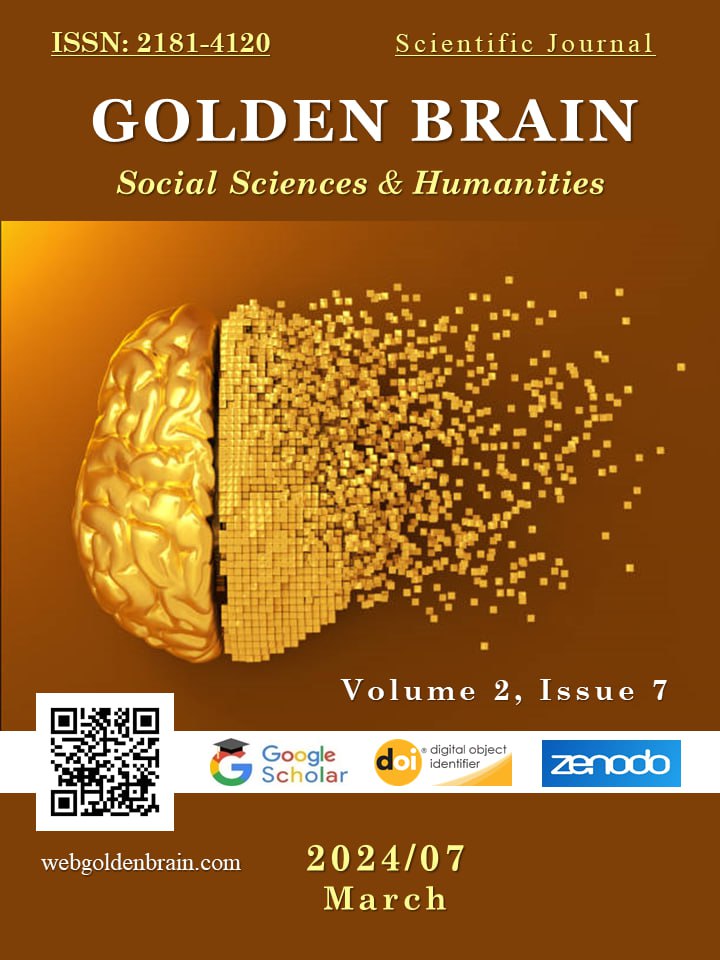THE IMPORTANCE AND BENEFITS OF BEING BILINGUAL
Main Article Content
Abstract
This thesis is dev oted to make a research about benefits of being bilingual. Acquiring multiple languages is advantageous for individuals, families, and society as a whole. Early childhood educators can inform families and communities about the advantages of being bilingual, assist in maintaining children's native languages, and promote the importance of preserving linguistic diversity. Nurturing a child's first language sets the stage for literacy development, enabling them to become proficient in reading and writing in multiple languages. Studies have highlighted numerous advantages associated with bilingualism and literacy.
Article Details

This work is licensed under a Creative Commons Attribution 4.0 International License.
How to Cite
References
Zelasko, N., & Antunez, B. (2000). If your child learns in two languages. National Clearinghouse for Bilingual Education. Retrieved from http://www.ncela.gwu.edu/files/uploads/9/IfYourChildLearnsInTwoLangs_English.pdf
Pandey, A. (2013) What is the role of home language learning and maintenance in supporting successful outcomes in English language learning and literacy? In Young Dual Language Learners: A Guide for PreK – 3 Leaders (2014). Editor Karen N. Nemeth. Philadelphia, PA: Caslon Publishing.
Castro, D. C., Ayankoya, B., & Kasprzak, C. (2011). The new voices/Nuevas voces: Guide to cultural and linguistic diversity in early childhood. Baltimore, MD: Brookes.
Bialystok, E. (2001). Bilingualism in development: Language, literacy, and cognition. Cambridge, UK: Cambridge University Press.
Castro, D. C., Ayankoya, B., & Kasprzak, C. (2011). The new voices/Nuevas voces: Guide to cultural and linguistic diversity in early childhood. Baltimore, MD: Brookes.
Jessner, U. (2008). Teaching third languages: Findings, trends, and challenges. Université de Lausanne. doi:10.1017/S0261444807004739
Zelasko, N., & Antunez, B. (2000). If your child learns in two languages. National Clearinghouse for Bilingual Education. Retrieved from http://www.ncela.gwu.edu/files/uploads/9/IfYourChildLearnsInTwoLangs_English.pdf
